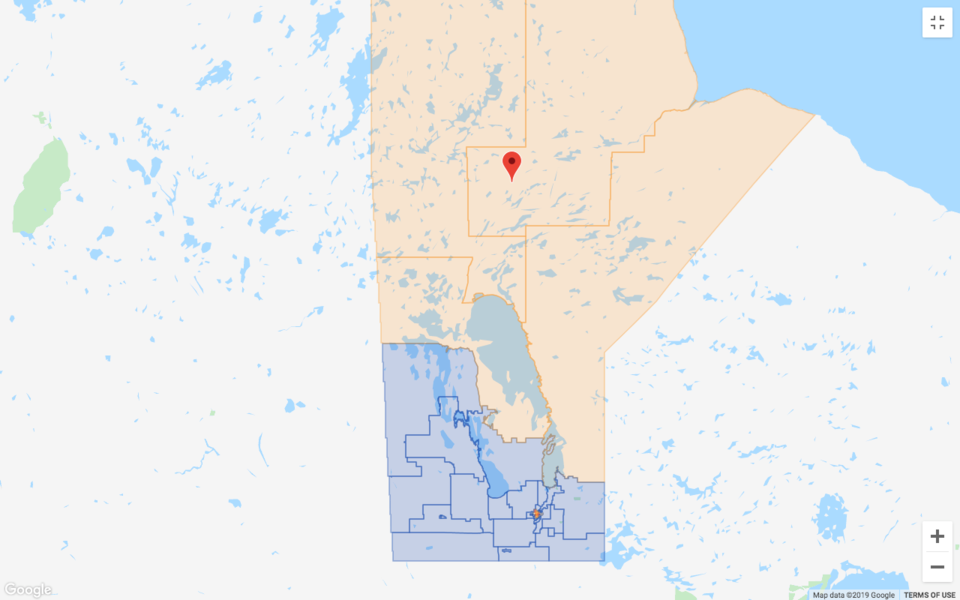The boundaries and/or names of the electoral divisions may have changed since 2016, but one thing stayed the same: the four Northern Manitoba ridings – Flin Flon, Keewatinook, The Pas-Kameesak and Thompson – were once again among the bottom five for voter turnout in this year’s provincial election, according to Elections Manitoba’s unofficial election night results.
Keewatinook had the unwanted distinction of being both the only electoral division with turnout of less than 30 per cent and less than 20 per cent, as only 17.6 per cent of eligible voters cast ballots there, down from 24.18 per cent in 2016.
Flin Flon, which had the third-lowest turnout of 34.8 per cent in 2016, was second-lowest this time, with only 30.7 per cent of voters marking a ballot.
Thompson had the third-lowest voter turnout Sept. 10, with 37.1 per cent of eligible voters voting, down from 38.12 per cent in April 2016, the fourth-lowest turnout that year. However, due to the addition of new communities to the electoral division, more people (4,872) actually voted than in any provincial election since 1999, when 5,343 people cast ballots.
Point Douglas in Winnipeg, at 37.9 per cent, was the only other electoral division in Manitoba where turnout was less than 40 per cent.
The Pas-Kameesak was fifth-lowest with turnout of 42.6 per cent, though that was an improvement from the turnout in the predecessor riding of The Pas in 2016, when only 31.8 per cent of voters cast ballots.
The only other electoral divisions in the province with turnout below 50 per cent were St. Johns (49.7 per cent), Concordia (49.1 per cent), Burrows and Brandon East (both with 46.7 per cent), Union Station (43.9 per cent) and Notre Dame (43.5 per cent).
Forty-six of Manitoba’s 57 electoral divisions had turnout of more than 50 per cent, with 22 falling between 50 and 59.9 per cent and 23 between 60 and 69.9 per cent.
The highest turnout was in the Interlake-Gimli electoral division, where 70.3 per cent of eligible residents voted.
Provincewide, turnout was about 55 per cent, unofficial results show, down a bit from nearly 59 per cent in 2016.




